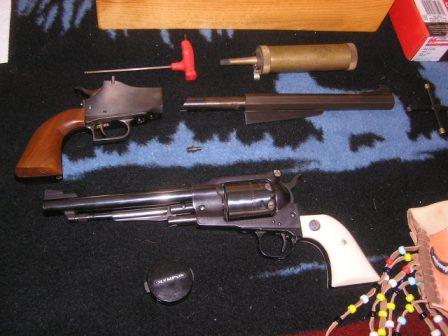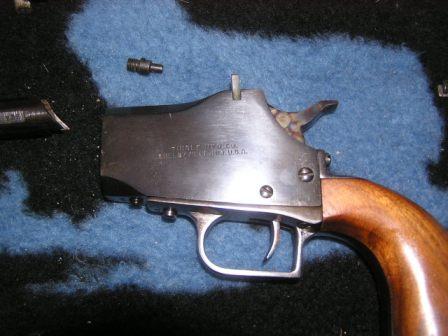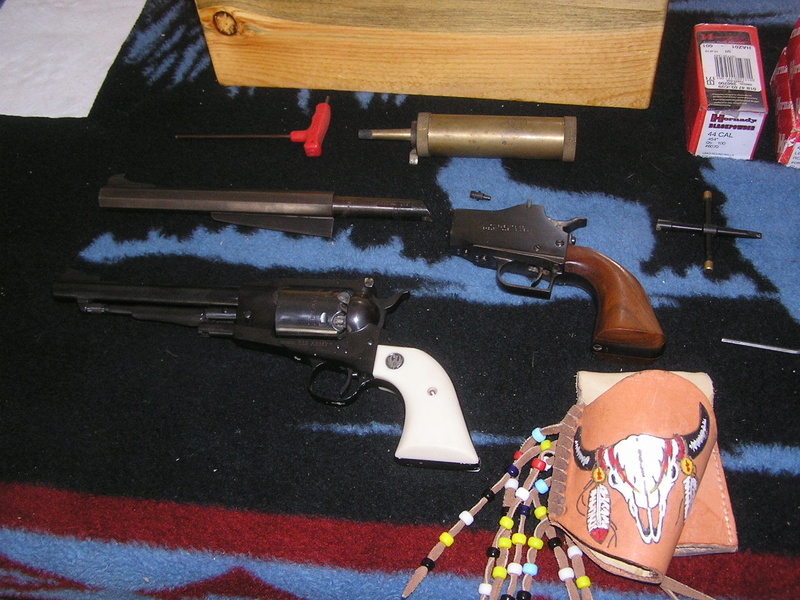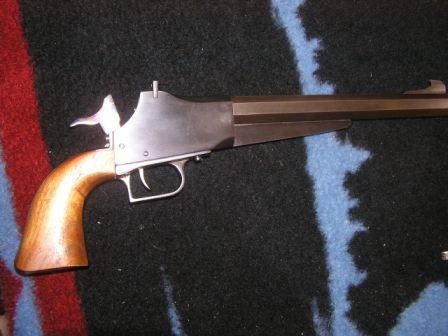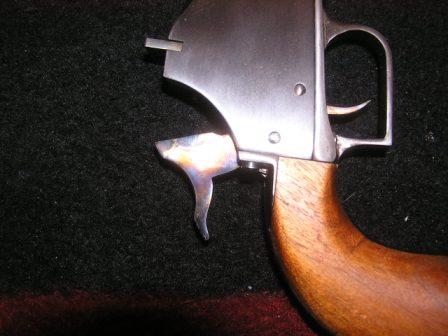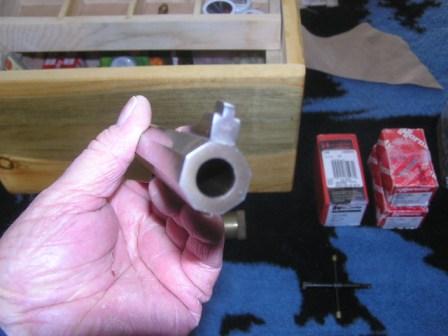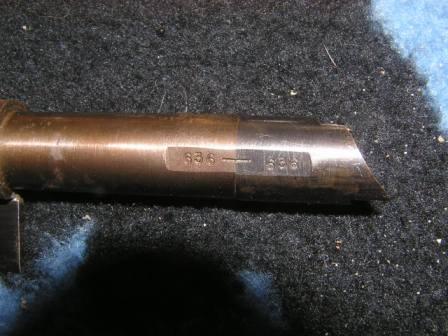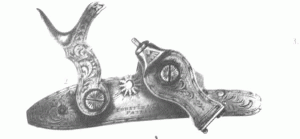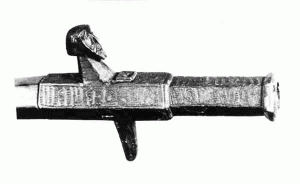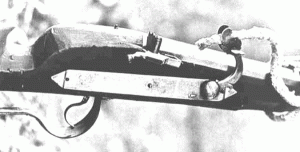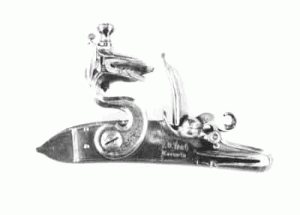I'm a little late on this, sorry.
Tingle was best known for the single shot pistol like you have and a halfstock offhand rifle that was one of if not THE first to have a coil mainspring. In addition to these, he also offered single barrel and over/under shotguns with side slapped locks. He made at least one bench rifle that had much better stock architecture than was the norm. I have heard it said but do not know if it's true, that Thompson Center borrowed from his lock design when they produced the Hawken.
I have one of his halfstock rifles that I now own for the second time. (Long story) When I bought it the second time I could have bought one of his pistols in the box he shipped it in and very likely unfired. And a longer barrel to boot. I really kick myself on that one.
Bob was one of the fatalities of the infamous "Blizzard of 78". I've heard a couple of different versions of exactly what happened, but he was mentioned on the Indianapolis stations and his death was blamed on the storm.
Today, many black powder shooters have never heard of Bob Tingle, but at least one part of his business is still going.
Before he died he had started making wads for all of the oddball shotgun gauges around. When his estate went to auction, Gary Butler of Lawrenceburg, Indiana bought all the dies and continued the production under the name Circle Fly. Gary has since sold the business but it continues under new ownership. So, the next time you are browsing at Track of the Wolf or Dixie Gun Works and see Circle Fly shoutgun wads just remember. They wouldn't exist if it wasn't for Bob Tingle.






